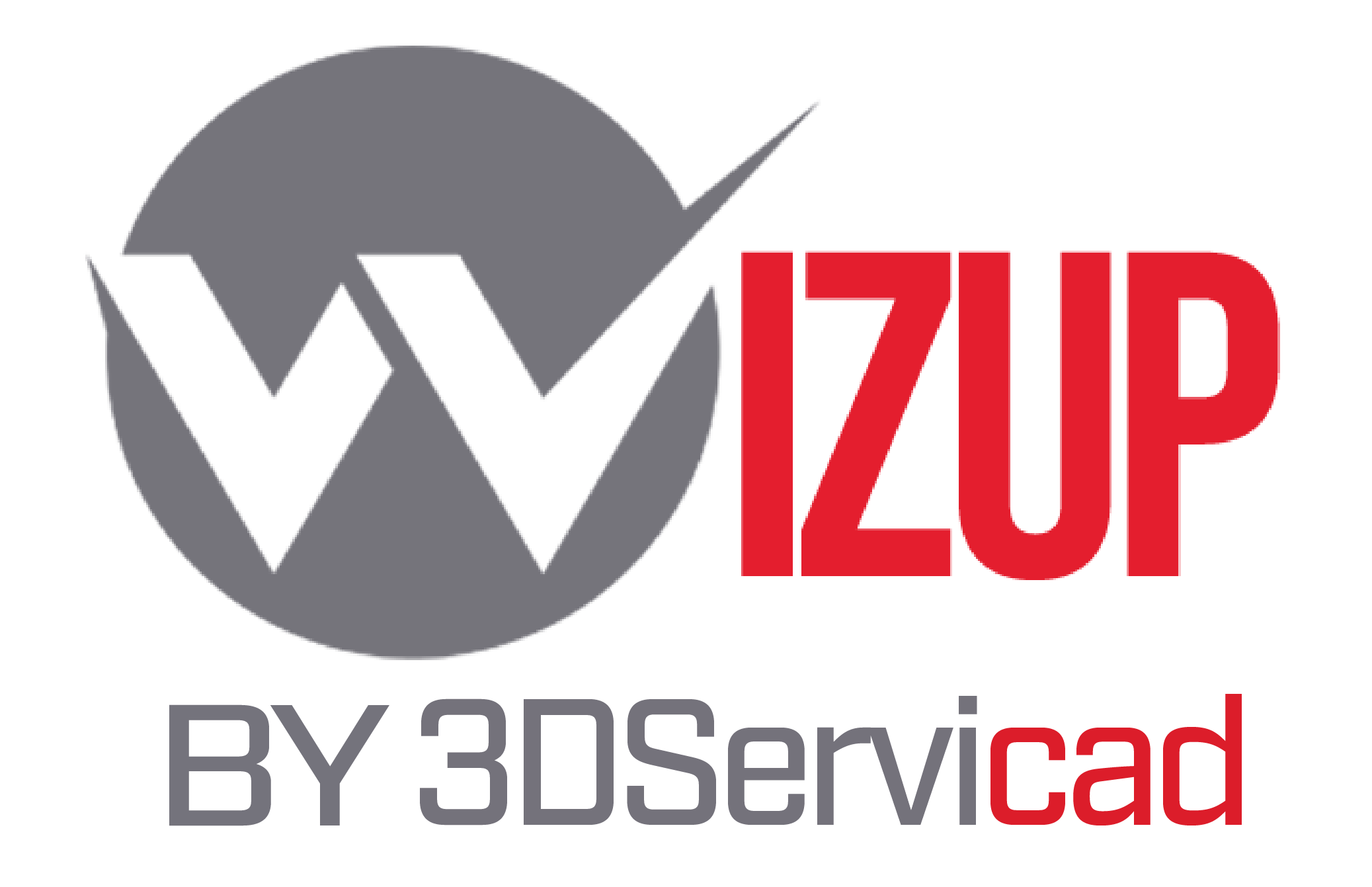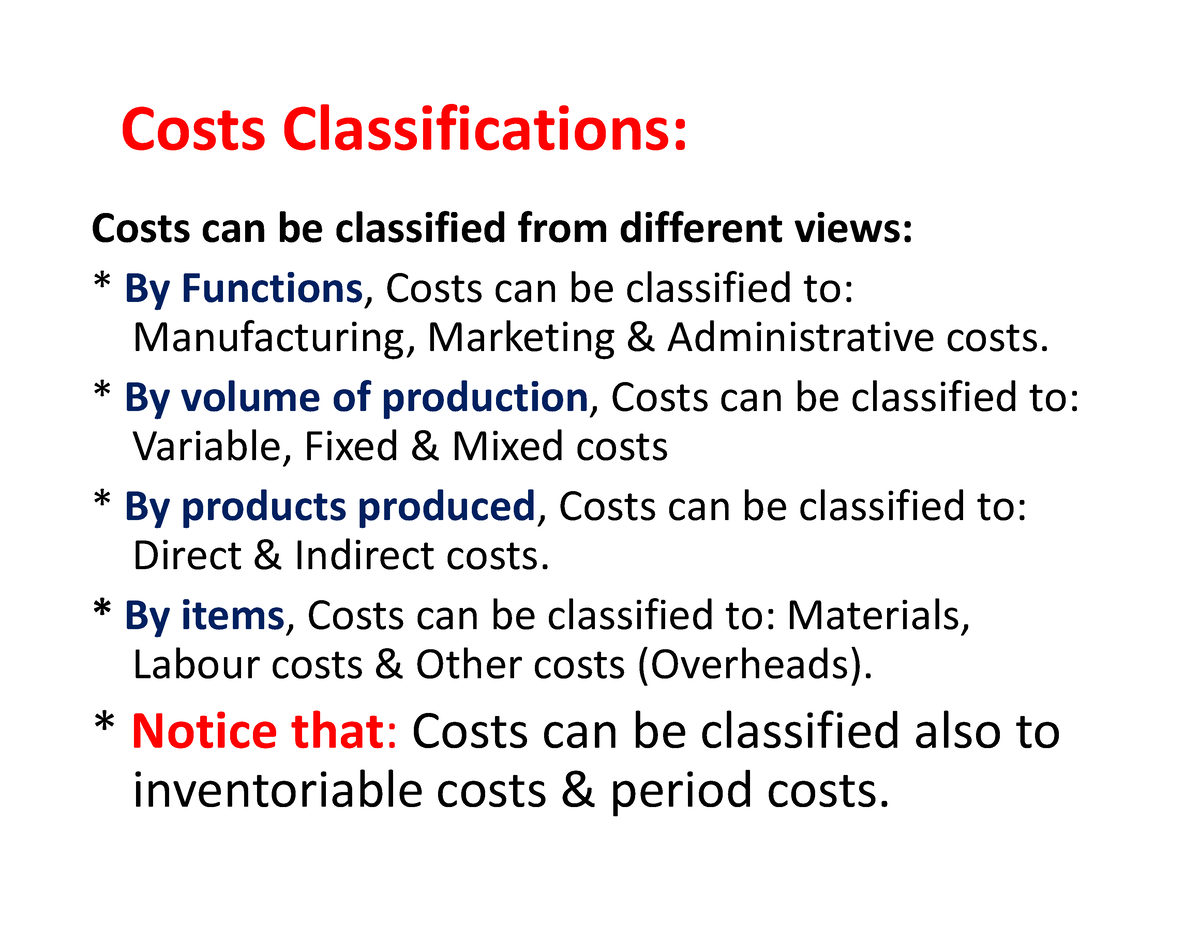Effectively managing the collections process supports healthier cash flow while minimising bad debt risk. You can send invoices manually or electronically, but automating the process with accounts receivable software is much more efficient. Automated invoicing speeds up delivery and increases the chances of getting paid on time. By analysing this data, you can refine credit policies, set realistic payment terms, and identify potential cash flow bottlenecks.
Cash Flow
This is the first entry that an accountant would record to identify a sale on account. Afterward, if the receivables are paid back within the discount period, we need to record the discount. On the other hand, there are times when a company will sell goods or services “on account.” Again, it means that there is a transaction occurring where cash is not involved. If your business’s transaction volume changes, an AP outsourcing company can scale up or down without the need for additional hiring or complex restructuring. This can be a major plus for small businesses looking forward to a growth spurt. Your agreement is that you pay for your cloud service usage after you’ve used it, typically at the beginning of the next month for the previous month’s usage.
If the company recognizes revenue too early, it may overstate its financial performance. If the company recognizes revenue too late, it may understate its financial performance. Customers can pay through different methods like wire transfers, ACH payments, or paper cheques. Offer fast and intuitive payment options, including diverse payment methods such as credit cards, bank transfers, and digital wallets.
- If you receive an invoice from a supplier or vendor, it goes to accounts payable because you owe money for goods or services received.
- Accounting software helps you track accounts payable and receivable cash flows more effectively.
- Some examples include expenses for products, travel expenses, raw materials and transportation.
- A high ratio indicates strong cash flow management and timely collections, while a low ratio may signal inefficiencies or customer payment issues.
Proper checks and balances help maintain accurate financial records and ensure sound financial management. Send an invoice to accounts receivable if you are requesting payment for goods or services provided. If you receive an invoice from a supplier or vendor, it goes to accounts payable because you owe money for goods or services received. Accounts receivable handles incoming payments, while accounts payable manages outgoing payments. Perform regular reconciliations to ensure accounts payable and receivable records align with financial statements, uncover discrepancies, and maintain accurate financial records. Efficient management of accounts payable helps in organizing and tracking incoming invoices, ensuring that payments are made promptly.
Customer relationships
This smooth and automated approach to expense preparation and reconciliation saves your time and enhances your business’ financial accuracy. The automation of multi-tiered approvals minimizes delays and errors, offering a smoother and more secure financial operation. Managing approvals is often a tedious process, but Volopay’s multi-level approval system provides you with more precise control and reduced risks. This end-to-end automation of payments allows you to focus on strategic decisions rather than getting caught up in administrative tasks.
Reducing errors
You can do this by using an expense management platform that is capable of creating multilevel approval workflows. This will let you set multiple approvals for a payment depending on the volume of payment. Software tools can help you automate invoice generation faster and with more accuracy.
Risk Management
To illustrate this concept, let’s say a customer difference between accounts payable and accounts receivable purchases a one-year subscription to a magazine for $60. The magazine company would record this transaction as a debit to Cash for $60 and a credit to Deferred Revenue for $60. At the end of each month, the company would recognize 1/12th of the revenue, or $5, by debiting Deferred Revenue and crediting Revenue. Deferred revenue can also be referred to as unearned revenue or prepaid revenue.
Tips to handle accounts payable and receivable
Accounts payable and accounts receivable are opposite but interconnected procedures. Together, they comprise the very basics of business and can be used to gauge financial health. On the other hand, a negative number indicates that your business is not profitable, so you need to limit expenses to avoid being in the red. To gauge the profitability of your business, determine the total of your assets and accounts receivable.
The AP process begins when a company receives goods or services from a supplier. The supplier then sends an invoice to the company, which is recorded in the AP system. The AP department is responsible for verifying the invoice ensuring that the goods or services and the correct invoice amount were received. Once the invoice has been verified, the AP department issues payment to the supplier. Different people should execute these functions to ensure the risk of fraud is reduced. When it comes to accounts payable and accounts receivable, ensuring the transparency and integrity of financial data is of the utmost importance and is subject to several internal controls.
- Both require proactive management to overcome these challenges and keep your business’s cash flow steady.
- While the two types of accounts are recorded in more or less similar way, it is imperative to keep in mind that one is an asset account and the other is a liability.
- It is almost like a never-ending cycle where paying and receiving payments help in building your business relationships.
- If payments are overdue, the accounting team can issue a remainder along with the original bill and any applicable late penalties.
Therefore, it is important for the company to have a clear policy on revenue recognition. The policy should be based on the company’s business model and the type of services it provides. It is also important for the company to have a system in place to track its deferred revenue and earned revenue accurately. The revenue recognition principle is a fundamental accounting principle that outlines the conditions under which revenue is recognized in financial statements.
The accounts receivable (AR) department manages several key functions, like overseeing the invoicing process, and ensuring accurate and timely billing to customers. Accurate accounts payable records are essential for regulatory compliance and financial reporting. If payments are overdue, the accounting team can issue a remainder along with the original bill and any applicable late penalties.
The payment terms for account payable are usually agreed upon between the supplier and the company. The terms can vary from immediate payment to payment after a certain period, such as 30 days or 60 days. For example, a company purchases $10,000 worth of inventory from a supplier on credit. The company records the purchase as a debit to inventory and a credit to accounts payable. With two different individuals handling accounts payable and accounts receivable, discrepancies can often be immediately identified and resolved due to the use of double checks on each side. Accounts receivable refers to money customers owe your business so it is considered an asset.
With automated workflows, vendor payments are quicker and more accurate, reducing potential friction. This strengthens your control over financial processes and ensures compliance with company policies. This simplification ensures that you always stay on top of due dates and avoid late payment penalties. Accurate reconciliation helps you maintain financial integrity and manage your cash flow effectively. By relying on automation, you ensure that your financial data is precise and up-to-date, reducing the risk of errors.
Our platform’s AI-powered insights uncover real-time trends in spending, vendor relationships, and payment cycles, giving finance teams the data they need to make confident decisions. Gear Inc offers specialized Accounts Receivable and Accounts Payable outsourcing solutions for businesses aiming to streamline these processes. Our services ensure accuracy, efficiency, and financial control, freeing companies to concentrate on growth and core operations. Accounts payable refers to all the short-term debts or commitments which include trade payables.
This is to prevent overstatement or understatement of the inventory amount at the end of the fiscal year in our financial statements, especially the balance sheet. Rippling Bill Pay even simplifies the bill creation process, allowing you to upload invoices directly. Using AI, Rippling automatically captures bill details (invoice date, due date, amount, vendor name, addresses, etc.), streamlining data entry and reducing manual effort. Moving AP processes to an external provider doesn’t happen overnight, and you’ll need to budget the time and capital for a transition period. In addition to training staff on new policies and procedures, you’ll want to account for extra time for integrating systems and adapting to new workflows. Employees used to in-house processes may also struggle with new approval structures and dependencies with an external team.
Accounts Receivable (AR) is a term used to describe the money that a business is owed by its customers for goods or services that have been sold but not yet paid for. It is an essential component of a company’s balance sheet, which is a financial statement that shows the company’s assets, liabilities, and equity at a specific point in time. Automation in accounts payable is transforming how businesses manage outgoing cash. By streamlining invoice processing, automating payment schedules, and reducing manual data entry, AP software ensures payments are accurate and on time. The difference between accounts receivable and accounts payable becomes clear when looking at the types of transactions they cover.
Balancing payables and receivables helps ensure a steady inflow and outflow of cash, preventing liquidity issues and enabling the business to meet its financial obligations. If the volume of payments keeps increasing as compared to accounts receivable, then you might face a cash crunch. The department further follows up on overdue invoices and handles collections to maintain your business’s cash flow. It also reconciles accounts to confirm that payments received align with invoices and addresses discrepancies promptly. Log this entry in the accounts receivable ledger, noting the invoice date, customer name, invoice number, and the amount due. Subsequently, display accounts receivable on your balance sheet under current assets, indicating the total amount expected to be collected soon.







